In This Article
Want to explore fairy-tale legends, Gothic architecture, and riverfront charm? Head to Bremen! This historic Hanseatic city offers medieval streets, cultural museums, vibrant marketplaces, and whimsical sculptures. Whether you're drawn by maritime history or Brothers Grimm magic, Bremen delivers Old World character with modern appeal.
Bremen, Germany Highlights:
- See the Bremen Town Musicians statue: Snap a photo with the beloved fairy-tale characters from the Brothers Grimm.
- Tour Bremen Cathedral: Explore centuries of Gothic and Romanesque design in this stunning landmark at the city center.
- Wander the UNESCO-listed Town Hall: Marvel at ornate Renaissance architecture and learn about Bremen’s Hanseatic legacy.
- Shop and dine in Böttcherstrasse: Stroll an artistic, expressionist alley filled with shops, galleries, and eateries.
- Relax along the Schlachte Promenade: Enjoy riverfront dining, beer gardens, and scenic Weser River views.
When I like to visit Bremen, Germany
The best time to visit Bremen is during late spring through early fall (May to September) for mild weather and outdoor festivals. December is also a magical time to experience Bremen’s Christmas markets and winter charm.
Tips for getting to Bremen, Germany
- By Plane: Fly into Bremen Airport (BRE), located just 15 minutes from the city center by tram.
- By Train: Bremen Hauptbahnhof (main station) is well-connected to Hamburg, Berlin, and other German cities via Deutsche Bahn.
- By Car: Easily accessible via the A1 and A27 motorways, with well-marked city center parking options.
Where I like to stay in Bremen, Germany
- ATLANTIC Grand Hotel Bremen – Upscale comfort just steps from the Town Hall and historic attractions.
- Radisson Blu Bremen – Stylish stay on Böttcherstrasse with modern amenities and a central location.
- ibis Styles Bremen Altstadt – Budget-friendly with colorful décor and close proximity to Old Town.
Best Things to Do in Bremen, Germany
1. St. Petri Dom Bremen (Cathedral of St. Peter in Bremen)
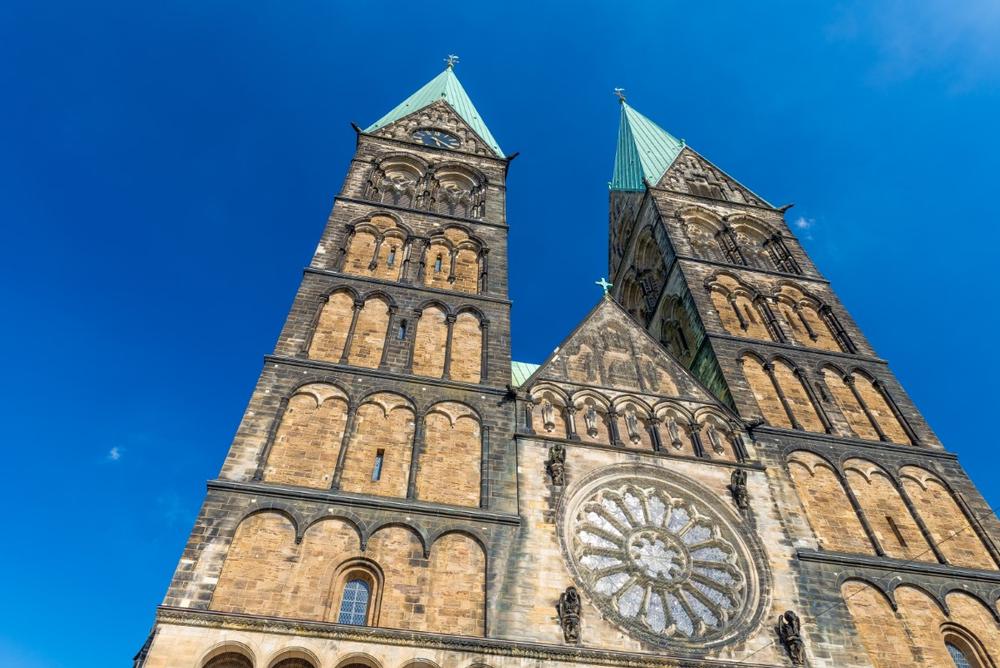
© jovannig/stock.adobe.com
The Cathedral of St. Peter in Bremen, locally known as St. Petri Dom, is a magnificent 11th-century church in the market square in the center of Bremen. Located in the Bleikeller (Lead Cellar), the cathedral features two 320-foot towers that were restored in 1898 and a richly decorated Baroque pulpit that was gifted to the church by the Queen Christina of Sweden in the 17th century. The church is also home to the well-preserved, mummified remains of eight medieval archbishops and other personal items belonging to the bishops.
Cathedral of St. Peter in Bremen, Sandstraße 10-12, 28195 Bremen
2. Bremer Rathaus (Bremen Town Hall)
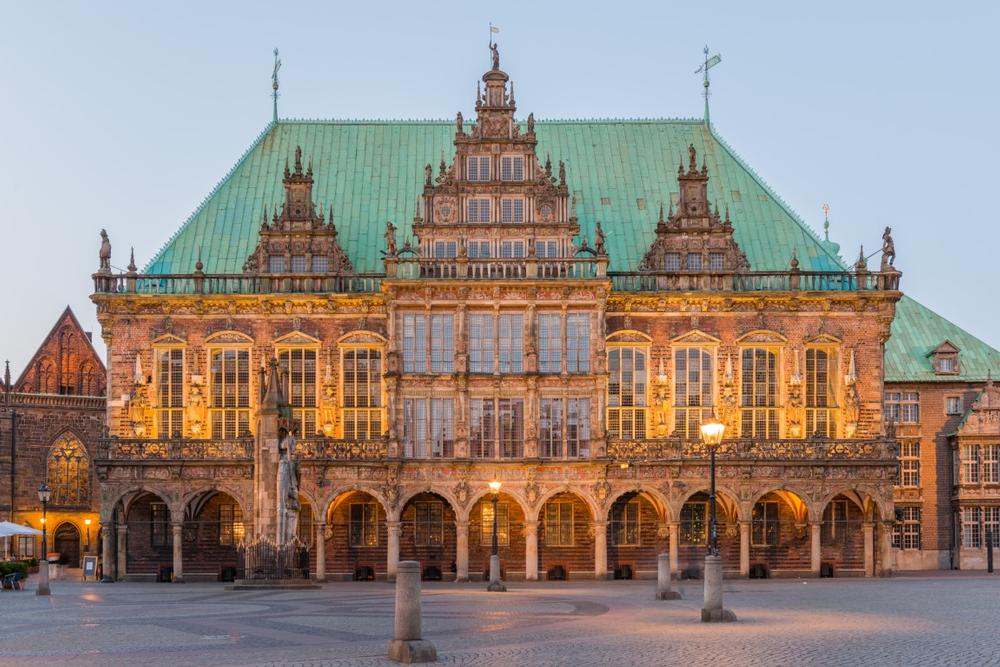
© tichr/stock.adobe.com
Bremer Rathaus (Bremen Town Hall) is a beautiful Gothic building with a magnificent Renaissance façade on Marktplatz that dates back to 1410 and is a UNESCO World Heritage Site. One of the most important buildings of the Weser Renaissance movement in Europe, the building boasts a spectacular 130-foot long banquet hall with 26-foot-high ceilings. Other notable attractions include a richly-carved spiral staircase and the famous bronze sculpture of a rooster standing on a cat standing on a dog that's standing on a donkey known as the Bremen Town Musicians. Bremer Rathaus can be explored on informative guided tours.
Am Markt 21, 28195, Bremen
3. Bremer Stadtmusikanten (Bremen Town Musicians)
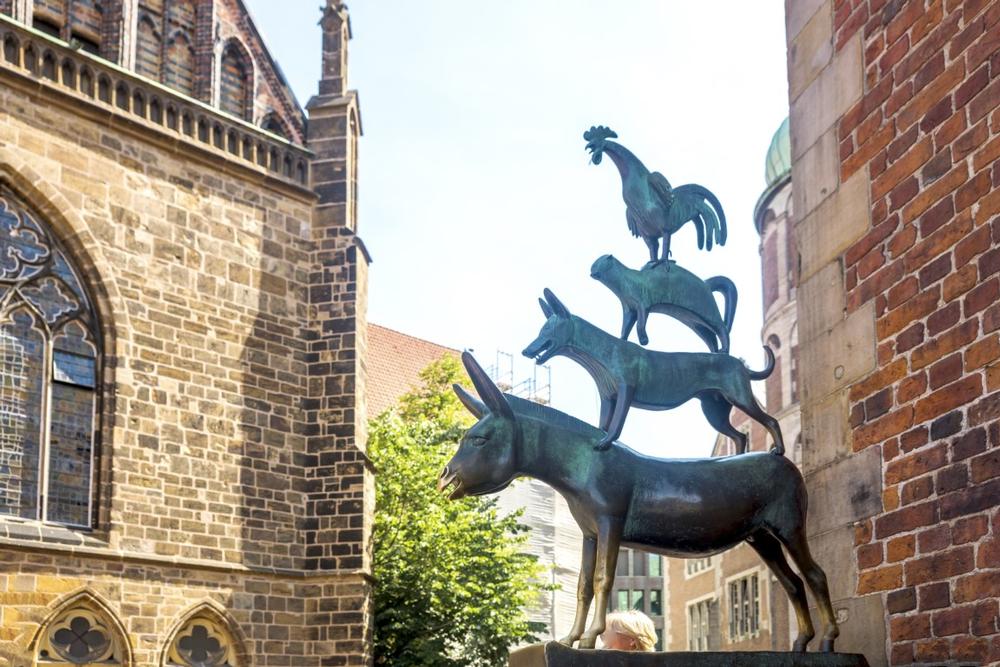
© Sina Ettmer/stock.adobe.com
The Bremer Stadtmusikanten (Bremen Town Musicians)
is a famous bronze sculpture of a rooster standing on a cat standing on a dog that's standing on a donkey. Located in front of the Bremen Town Hall, the statue depicts the popular Brother’s Grimm folktale ‘Stadtmusikanten’ in which the four animals leave their home for a better life. The figure has become one of the cultural symbols of Bremen and is said that touching the donkey’s front hooves grants wishes.
Town Musicians of Bremen, Am Markt 21, Bremen, Germany
4. Schlachte Embankment
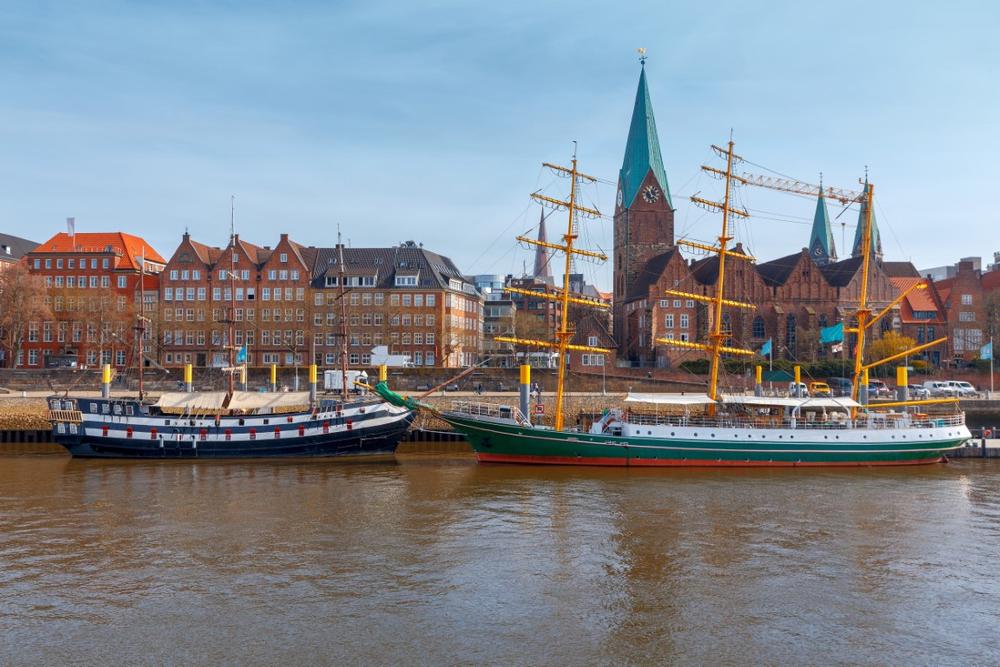
© pillerss/stock.adobe.com
The Schlachte Embankment is one of the city’s bustling riverside districts and is lined with restaurants, bars, and cafés filled with locals and tourists alike. Once one of the city’s principal harbors with a rich history dating back to the 13th century, Schlachte is now a rejuvenated Old Town pedestrian zone with a promenade that follows the east bank of the Weser River. Named after the wooden piles that support the riverbank, Schlachte is lined with old warehouses housing cafés and restaurants and docked historic vessels that now serve as unique hotels and restaurants. Visitors can also enjoy fun riverboat cruises on the Weser.
Schlachte, 28195 Bremen, Germany
Recommended Activities for Families
5. The Schnoor District
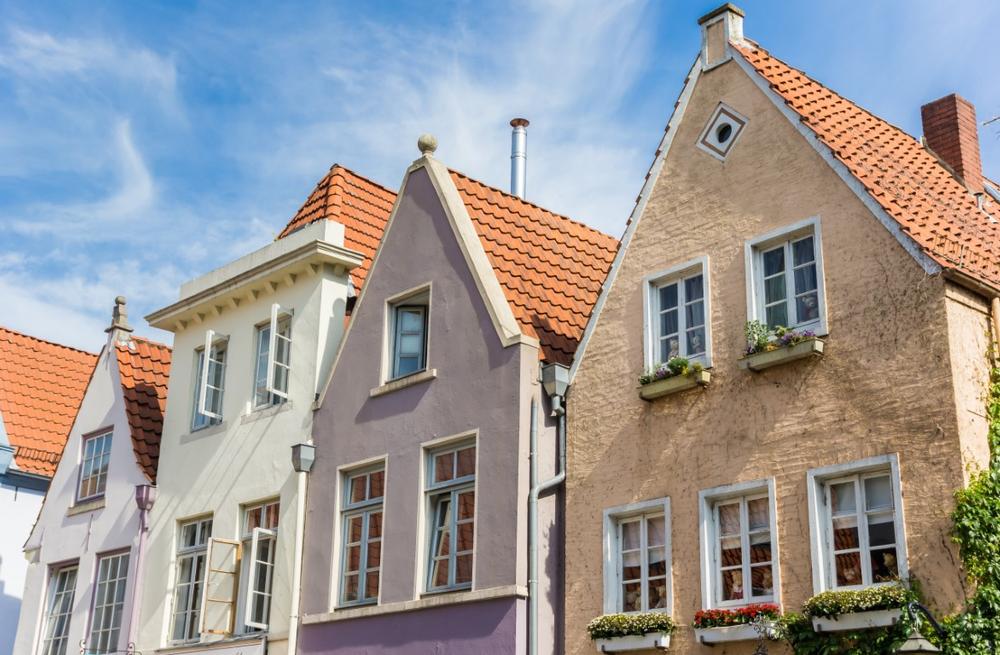
© venemama/stock.adobe.com
The Schnoor District, commonly referred to as the ‘Schnoor Quarter,’ is a charming medieval district of Schnoor that has been regentrified from being one of the poorest parts of the city into a bustling artistic haven. Named after the traditional rope-making trades that once flourished here, the district features many well-preserved 15th- to 18th-century homes, including the Schifferhaus (1630), the Landherrnamt (1856), and the 14th-century brick-built Gothic St. John's Church. The quarter is also home to many cafés and craft shops that showcase the creative demographic of the area, and a great way to explore the Schnoor District is on a guided walking tour.
Hutfilterstraße 16-18, 28195, Bremen
6. Kunsthalle
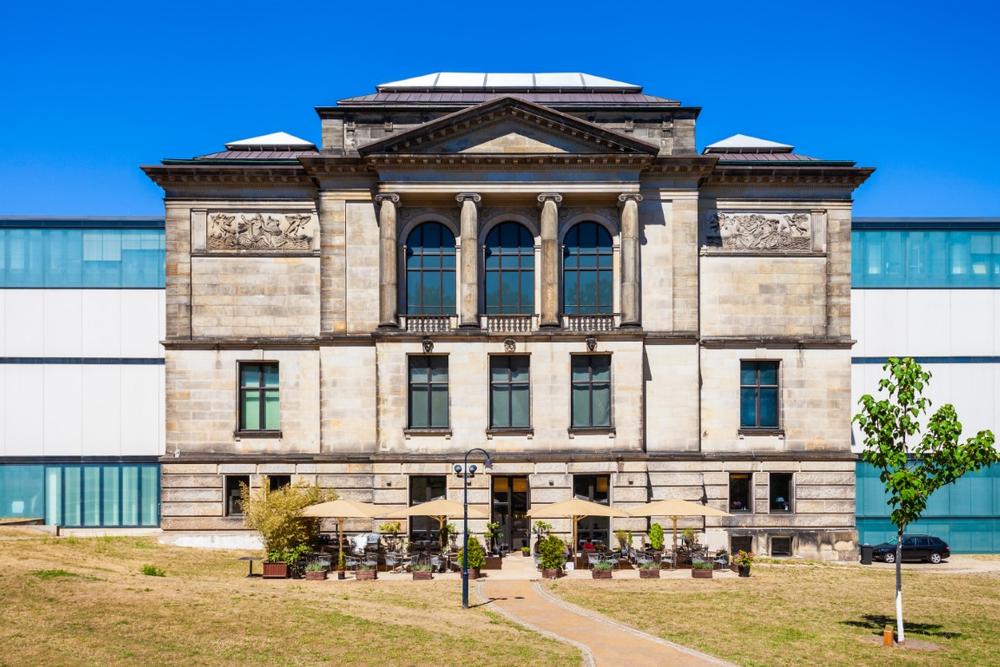
© saiko3p/stock.adobe.com
Located in the center of Bremen's Old Town, the Kunsthalle is an art gallery that hosts rotating art exhibitions, symposia, and workshops for associated artists and art societies. Established in 1849, the Kunsthalle houses a variety of artworks, ranging from 14th-century German masters to 17th-century Dutch paintings. The museum also houses several notable sculptures, French and Dutch paintings of the 19th and 20th centuries, works from the famous Worpswede artists' colony, and over 220,000 drawings and prints. Visitors to the museum can enjoy guided and audio tours and first-class food and wine at the elegant terraced restaurant.
Am Wall 207, 28195, Bremen
7. Bottcherstrasse
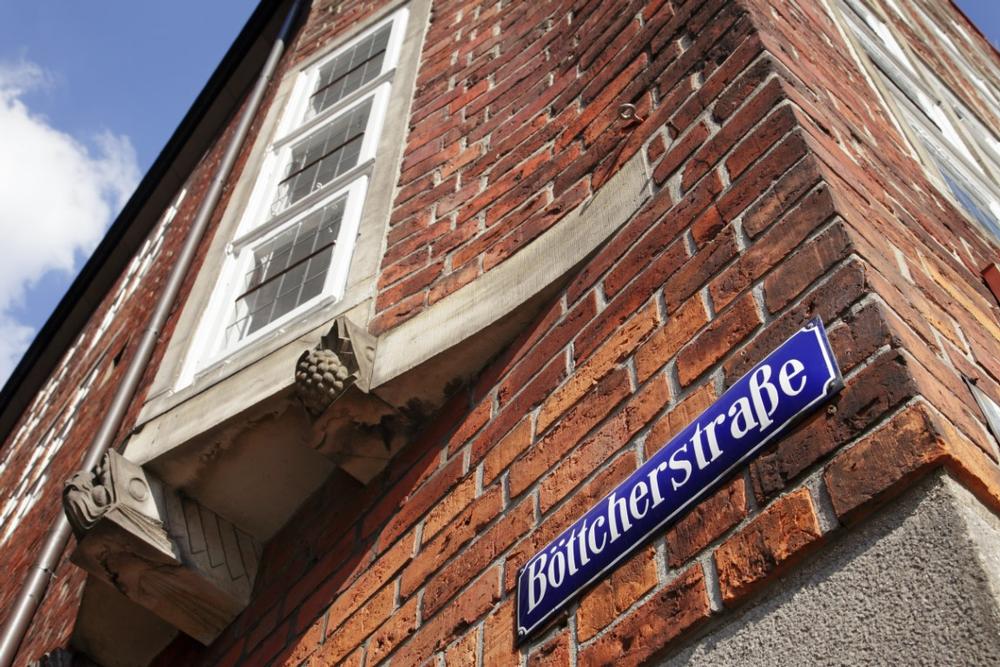
© Friedberg/stock.adobe.com
Located in the Schnoor neighborhood in the medieval center, Bremen's narrow Bottcherstrasse is officially the city’s narrowest street and is only 100 meters long. The beautiful street was transformed between 1926 and 1931 into an avenue of museums and is lined with many examples of unusual expressionist architecture. Notable attractions include the Paula Becker-Modersohn Museum based in a unique expressionist brick building, the Roselius-Haus (1588), which houses the Ludwig Roselius Museum, and the famous Glockenspiel House with its three-times-a-day chime. The ‘secret’ entrance to the street is guarded by the impressive gold Lichtbringer (Light Bringer) sculpture.
Böttcherstrasse, D-28195, Bremen
Unique Activities
8. Beck’s Brewery Tour
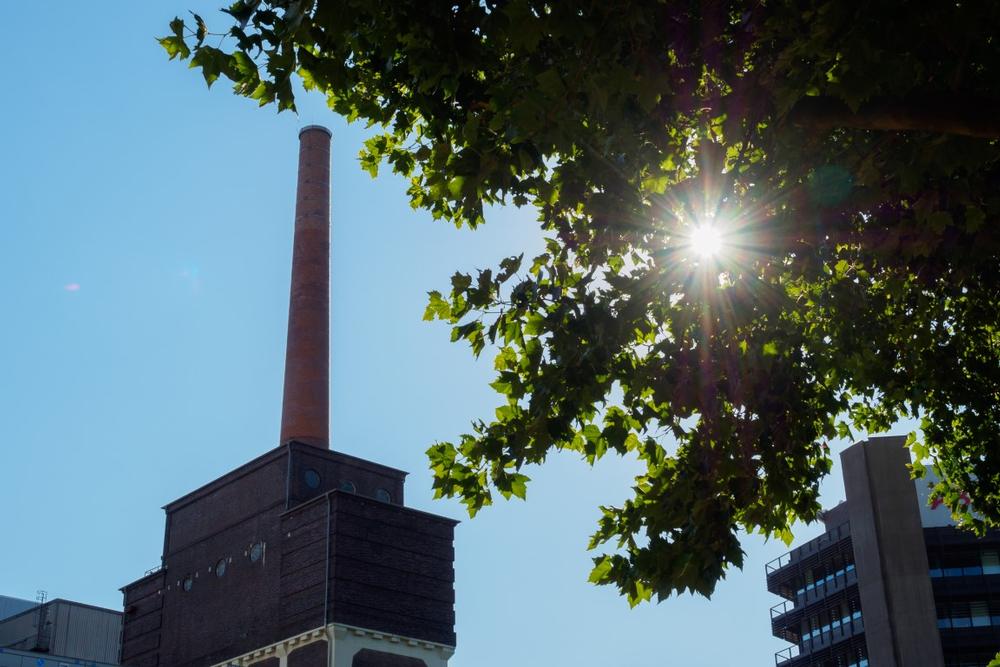
© Relay24/stock.adobe.com
Bremen has a vibrant beer culture dating back to the 11th century and is home to the beer-making behemoth Beck’s Brewery Tour, also known as Brauerei Beck & Co. One of the largest brewers in Germany, Beck’s, offers guided brewery tours of the massive beer-making facility, showcasing the malt silos, the ingredients store the fermentation and storage tanks, and the brewhouse. Visitors can enjoy two short films and a cinema presentation, and taste samples of the company’s well-known brands such as Beck' s and Haake-Beck.
Am Deich 20, 28199 Bremen, Germany, Phone: +49-42-15-09-40
9. The Roland Statue
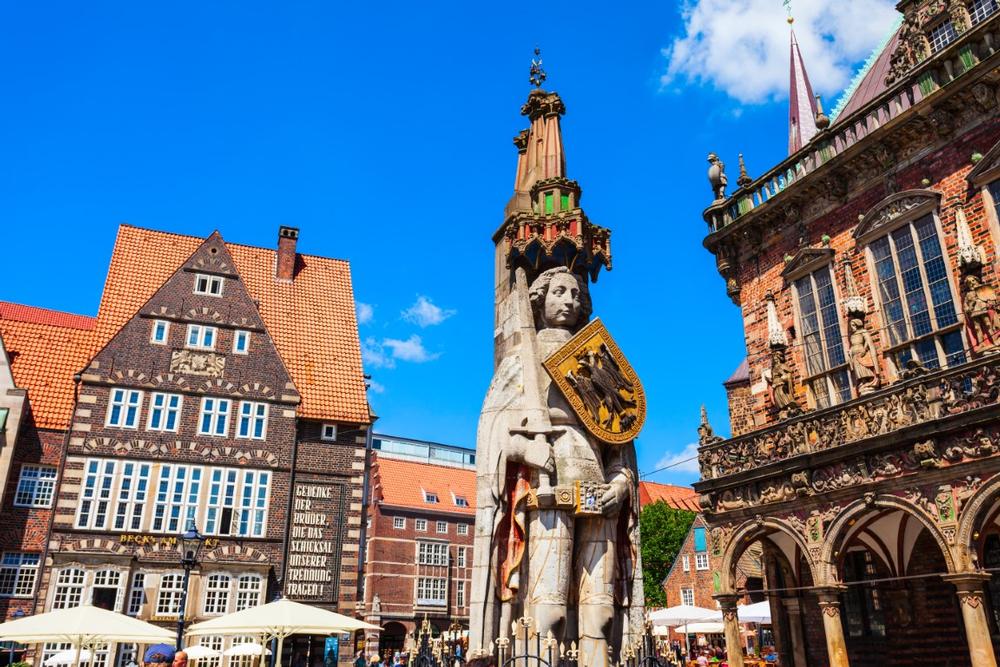
© saiko3p/stock.adobe.com
Located on Bremen's picturesque Marktplatz in the heart of the Old Town (Altstadt), The Roland Statue commemorates Germany's most famous knight. Erected in 1404, the five-and-a-half-meter-tall figure depicts 9th century Holy Roman Emperor, Charlemagne, and is one of several similar monuments around the country that stand as symbols of freedom and independence from the church. Defiantly facing the church, the striking stone edifice was designated a World Heritage site in 2004 and is a much-loved feature of Bremen’s streetscape.
Marktplatz, Bremen, Germany
10. Bleikeller (Lead Cellar)
_158693.jpg)
© ANDREI/stock.adobe.com
Located in the St. Petri Dom Bremen (Bremen Cathedral), Bleikeller, also known as the Lead Cellar, is a crypt below the nave of the cathedral that is home to the well-preserved, mummified remains of eight medieval archbishops. Discovered by an organ-maker working on the church in the 17th century, the crypt was once used to store lead for renovations, and it is thought the dry air in the room has caused the natural mummification of the corpses. Today, the mummies are housed in glass-topped coffins and open for the public to view on guided or self-guided tours.
Bleikeller (Lead Cellar), Am Dom 1, 28195 Bremen, Germany
Where I Like to Eat in Bremen, Germany
- Ratskeller Bremen – Dine beneath the Town Hall in this historic wine cellar serving German classics.
- Schüttinger Gasthausbrauerei – Enjoy hearty meals and house-brewed beer in a cozy tavern atmosphere.
- Canova – Modern European cuisine with riverside seating near the Kunsthalle and cultural quarter.
My favorite local events:
- Bremen Freimarkt (October) – One of Germany’s oldest and biggest funfairs with rides, food, and festive cheer.
- Bremen Christmas Market (late November–December) – Magical stalls, glühwein, and twinkling lights across the historic center.
- La Strada Street Art Festival (June) – Open-air performances and creative acts throughout the Old Town.
- Musikfest Bremen (August–September) – Classical concerts and world music events across beautiful venues.
My favorite day trips within 30 Minutes of Bremen, Germany:
- Worpswede (30 min) – Famous artists’ colony surrounded by moorland and full of studios and galleries.
- Bremerhaven (30 min by train) – Maritime museums, harbor tours, and seafood near the North Sea coast.
- Verden (25–30 min) – Known for equestrian culture, a charming town square, and the historic Verden Cathedral.
- Fischerhude (30 min) – Picturesque village with half-timbered houses and artist heritage along the Wümme River.
- Lilienthal (20–25 min) – Green countryside, windmills, and gateway to moorland bike paths near Bremen.
Plan Your Trip


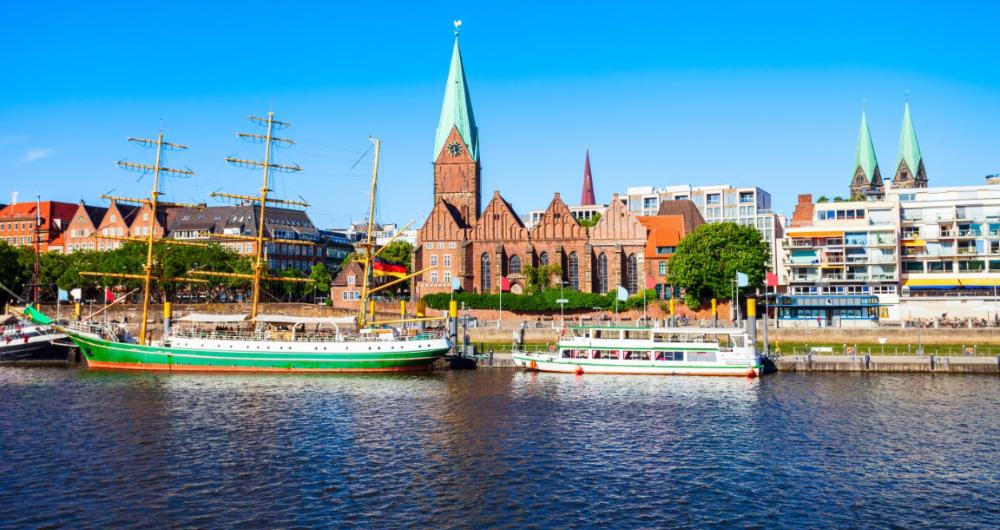









_158693.jpg)